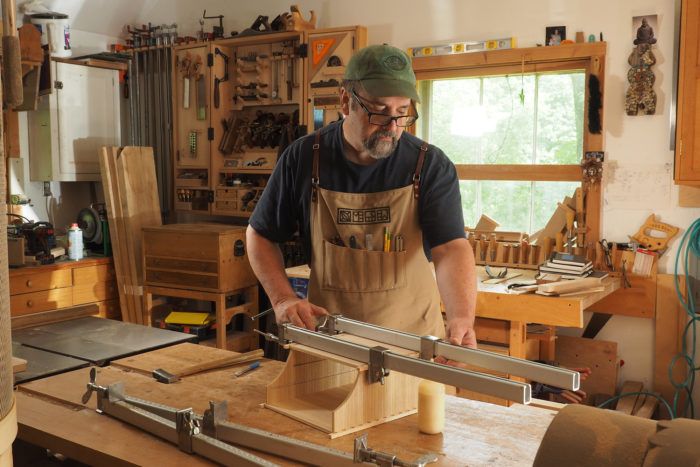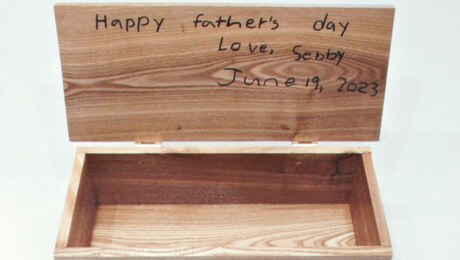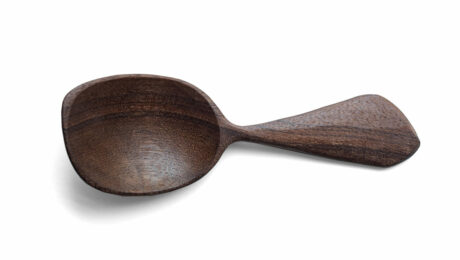Editor’s Letter: What is “fine woodworking”?
We may teach "fine woodworking" and emphasize the fundamental concepts of it, but we rarely define what the term means.
What is “fine woodworking”?I am a long-time woodworker and a faculty member in the Fine Woodworking Department at the Santa Fe Community College in Santa Fe, N.M. I’ve noticed that while we certainly teach it and emphasize the fundamental concepts of it, we rarely define for our students what “fine woodworking” means. My research on the internet has not really met that need for me, so I thought maybe you could help. I seem to remember reading a very good and succinct definition in one of your articles a few years back, but I’ve been unable to find it. —Russell Smith, Santa Fe, N.M. |
Mike Pekovich replies:
When Paul Roman started Fine Woodworking magazine almost 50 years ago, he chose the word “fine” to differentiate the magazine from construction-based or home improvement–focused content. Since then, the term has taken on several meanings, some for the better and some not so much.
While in a general sense we all aspire to fine woodworking regardless of how we define it, setting the bar too high on what constitutes “fine” furniture can create unrealistic expectations and discourage others from entering into the craft. We are all familiar with the dovetail motif in the magazine’s logo, but I don’t believe that good work is defined by the joinery we use. Nor is it about the expense of the lumber, the amount of detail, the hours invested, or the difficulty involved in making. I may be biased on this point, because I tend to think of my work as fairly simple. While I do feel that some of my work approaches the level of “fine” that I hold in my head, I readily admit that not all of it does. A lot of the reason has to do with my intent at the time: Was the project something I was rushing through—maybe one I jumped into without a lot of thought—or was it something I was truly invested in? Was it a meaningful use of time in my shop? I can’t always put my finger on it, but some of my work brings me joy when I use it, while other pieces just kind of sit there.
I do believe that the term “fine” assumes a certain level of skill and knowledge of sound construction techniques (whether that involves pocket screws or tapered sliding dovetails). I try to set three goals for myself when making something: Does it do its job? Is it nice to look at? Is it comfortable to use? Perhaps beyond that, did the project afford me the chance to try out a new technique (or offer a reason to buy a new tool)? Ultimately, “fine” woodworking should describe our ambitions to do the best we can in building each piece and in putting the lessons learned to use on our next efforts. We don’t automatically get better with each project, but if we give our best on every build, we will eventually get where we want to go. I am still on that journey.
-Mike Pekovich






















Log in or create an account to post a comment.
Sign up Log in